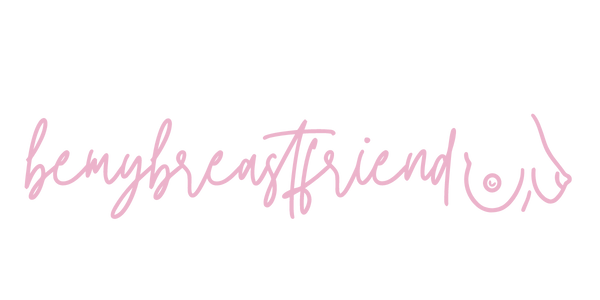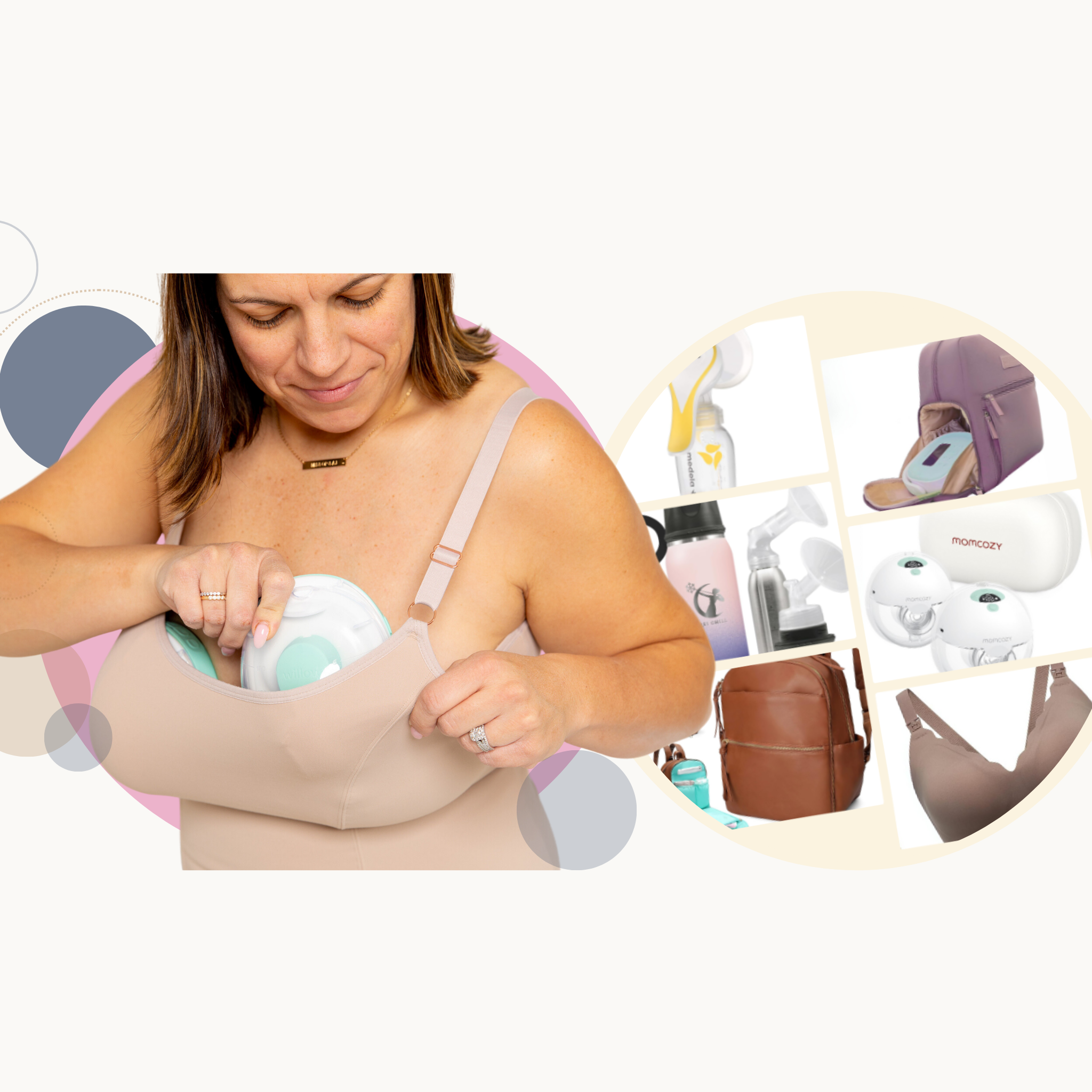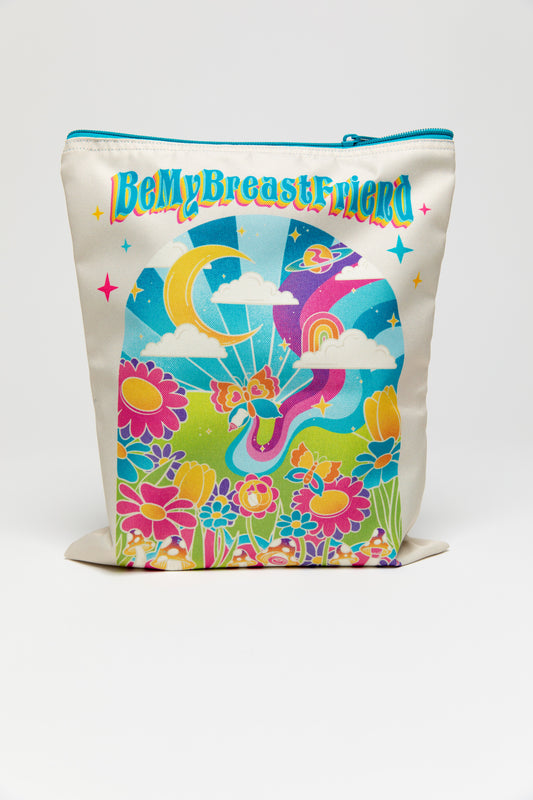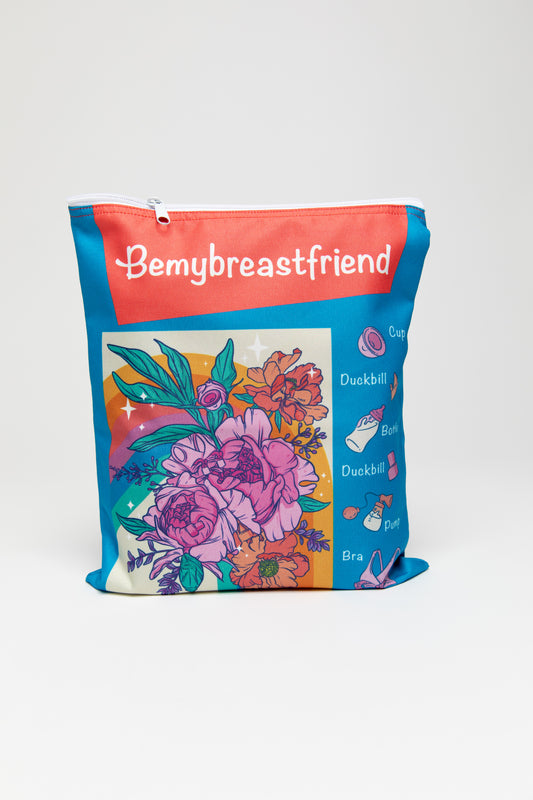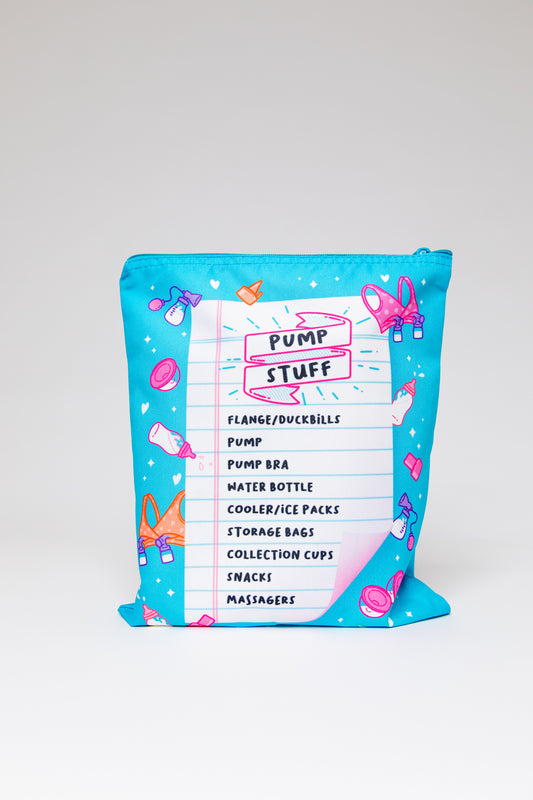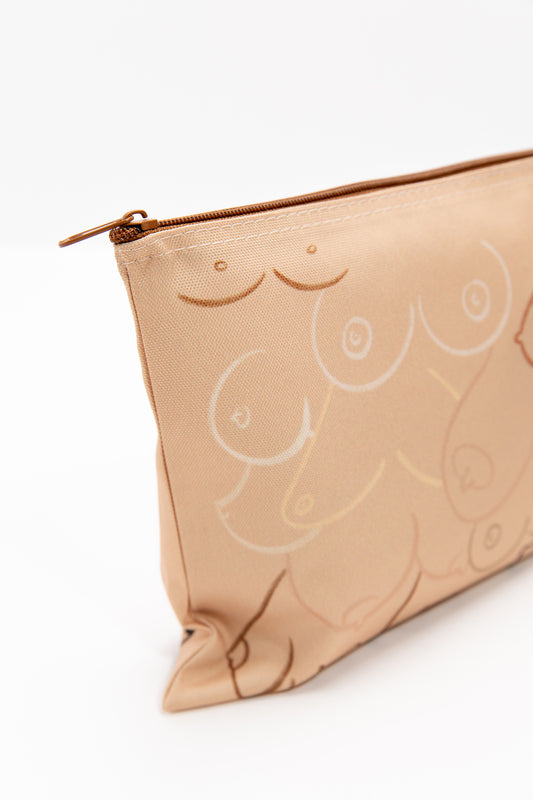
Motherhood is a beautiful, funny thing. Your body grows a whole new human, and in exchange, you get sleepless nights, spit-up-stained clothes, and quite possibly enough hair loss to clog the Hoover Dam. Let's dive into the nitty-gritty of postpartum hair loss—what it is, why it happens, and how you can handle it like the gorgeous, confident mama you are.
The Hair Life Cycle: From Pregnancy to Postpartum
First, let's chat about the science of things. Your hair goes through a life cycle that consists of several stages. During the anagen phase, or the growth phase, your hair follicles are busy sprouting strands of hair. After that is the catagen phase, a brief transitional stage. Finally, the telogen phase, or resting phase, is when hairs chill out before falling out in the final phase, the shedding phase.
Even before you were pregnant, you probably lost about 100 hairs a day. Crazy, right? But perhaps crazier, during pregnancy, your hormone levels, (especially estrogen) hit the roof. This kept your scalp hairs in the growing phase longer than usual, resulting in thicker hair that could rival a shampoo commercial. Hello pregnancy glow!
Then, after you gave birth, estrogen and progesterone levels dropped back to pre-pregnancy levels, sending your hair into the shedding phase to the extreme. Enter postpartum hair loss, or postpartum telogen effluvium, a temporary condition that can be a real challenge for new moms.
Why Do Some New Moms Lose More Hair Than Others?
Maybe you're currently in your first pregnancy and wondering if postpartum hair loss will soon enter your life. The answer is maybe not! Not all postpartum women experience the same level of excessive shedding. Genetics, overall hair health, and even nutrition play a role. If your iron levels are low or you’re lacking essential nutrients like vitamin D, you might notice more clumps of hair in your shower drain.
Another culprit? Thyroid conditions. A sneaky thyroid disorder like hypothyroidism can worsen postpartum shedding. That’s why it’s a good idea to check in with your healthcare provider if you suspect something’s off.
Is It the Same as Regular Hair Loss Issues?
Here’s some good news: most of the time, postpartum shedding isn’t the same as true hair loss disorders. Conditions like alopecia areata, where the immune system attacks the hair follicles, are rare in the postpartum period. If you notice bald spots or shedding that continue well past the first few months postpartum, it might be worth asking your doctor about different treatment options.
Can I Prevent Postpartum Hair Loss?
Unfortunately, postpartum hair loss is a natural process tied to the normal hair growth cycle. But even though you may not be able to prevent it entirely, there are ways to minimize the fallout and keep your scalp happy during the postpartum period:
Support Your Hair Health
- Prenatal vitamins: Don’t stop just because the baby’s here. These are an important part of your breastfeeding journey and your overall health. Read more about supplements breastfeeding moms should consider taking in my blog post here.
- Balanced diet: Just like the rest of your postpartum body, your hair loves a healthy diet rich in vitamin C, vitamin E, and fatty acids. These nutrients promote blood circulation to the scalp and encourage new hair growth.
- Lower heat settings: Try to limit use of hot irons and blow dryers if you can. High heat can weaken fine hair, making it prone to even more breakage.
- Focus on the Scalp: Your hair stylist may have told you that your scalp is ground zero for healthy hair, and they are correct. Gentle massaging can improve blood circulation, stimulating your hair follicles and encouraging hair regrowth. While you’re at it, invest in products tailored to your needs—like a volumizing shampoo—to give the illusion of thicker locks while you wait for your hair growth phase to ramp back up.
- Avoid Tight Hairstyles: Listen, I know the sleek styles might be in right now, but maybe skip the tight ponytails for the time being. They can put stress on your hair follicles. Opt for different hairstyles that are gentler on your scalp—bonus points if they hide the thinning hair patches.
How to Deal with Postpartum Hair Loss
The good news? This is a temporary condition. By your baby’s first birthday, your hair will likely return to its normal growth cycle. In the mean time, while you can't totally stop the excessive hair loss, you can still find ways to feel fabulous!
Specific Styles
If you've been contemplating the "mom chop," I'd highly recommend! Mom life is a great time to embrace shorter styles, not to mention try a new dry shampoo, hair color root cover-up, or clip-in extensions. Thin hair? No problem - rock that messy bun look or toss on a beaded headband.
Pamper Yourself
Self-care is everything in the postpartum era. Treat yourself to a nice, fresh haircare routine or some new beauty products to help you feel rejuvenated! Check out my basic skincare routine for postpartum moms and my favorite beauty and wellness products. You deserve to feel beautiful—even if maybe you haven’t showered today.
What About Hair Growth Supplements?
If you're considering adding supplements or topical hair care to your daily routine, start with ones that contain Vitamin D, Vitamin C, collagen, and biotin to support healthy hair growth cycles. I really like the Collagen Protein Powder from Needed. It's easy to blend into coffee, smoothies, or oatmeal.
No matter the supplement or topical you decide to try, keep in mind that nothing is a quick fix -- healthy hair simply takes time to grow.
As always, remember to consult your healthcare provider before adding anything new to your routine, especially if you are breastfeeding.
Side Note: Baby Hair Tourniquets
While we're on the topic of postpartum living and hair, let's talk about hair tourniquets. It may sound dramatic, but it's a real concern. Strands of loose hair (amplified by postpartum shedding) can wrap around your baby's tiny body parts and cut off circulation. This can cause redness, swelling, and serious discomfort.
How to Prevent It
- Check your baby nightly: Before bed, inspect little fingers, toes, and other small body parts for stray hairs.
- Inspect mittens and socks: Those cute little baby socks and mittens can trap loose hair, increasing the risk of hair tourniquets. Examine them before putting them on your baby.
- Be mindful of wet hair: When your hair dries, it contracts, tightening around anything it’s wrapped around. Consider putting wet hair up with a claw clip or microfiber towel while around close to your baby if possible.
Final Thoughts - Postpartum Hair Loss is Normal
Postpartum hair loss, while annoying, is a sign of your body adjusting to life after baby. While you’re waiting for your hair regrowth, remember that this is just one season of motherhood. Wear that thinning hair like the badge of honor it is.
References
https://my.clevelandclinic.org/health/diseases/23332-hair-tourniquet
https://www.whattoexpect.com/first-year/postpartum-health-and-care/postpartum-hair-loss/
